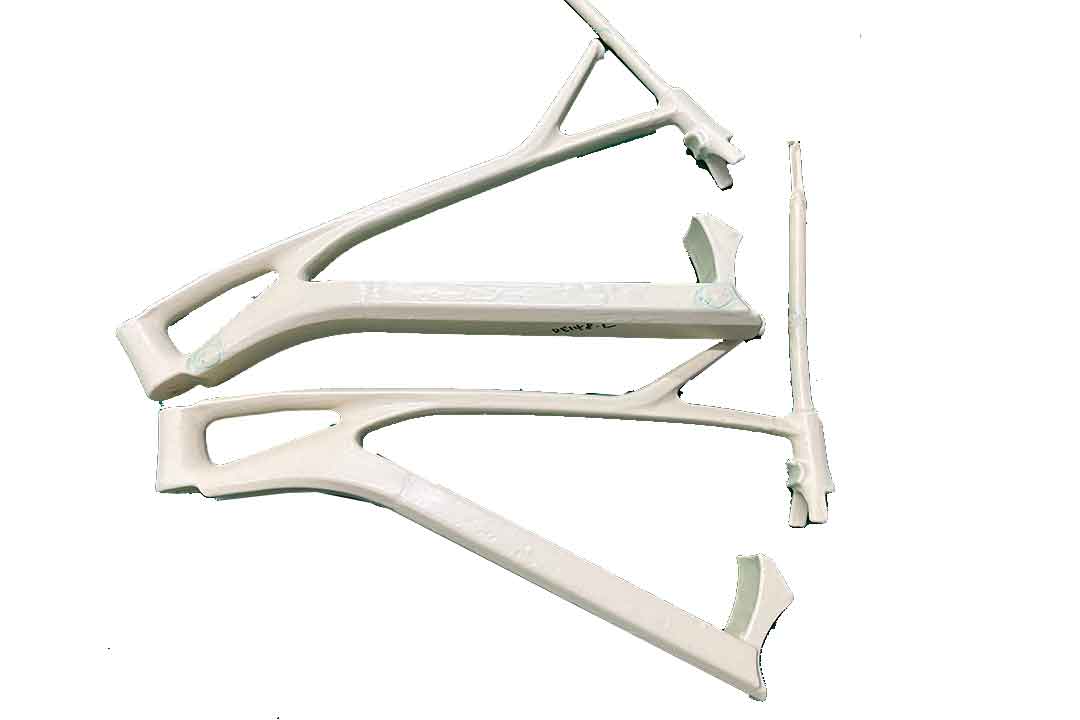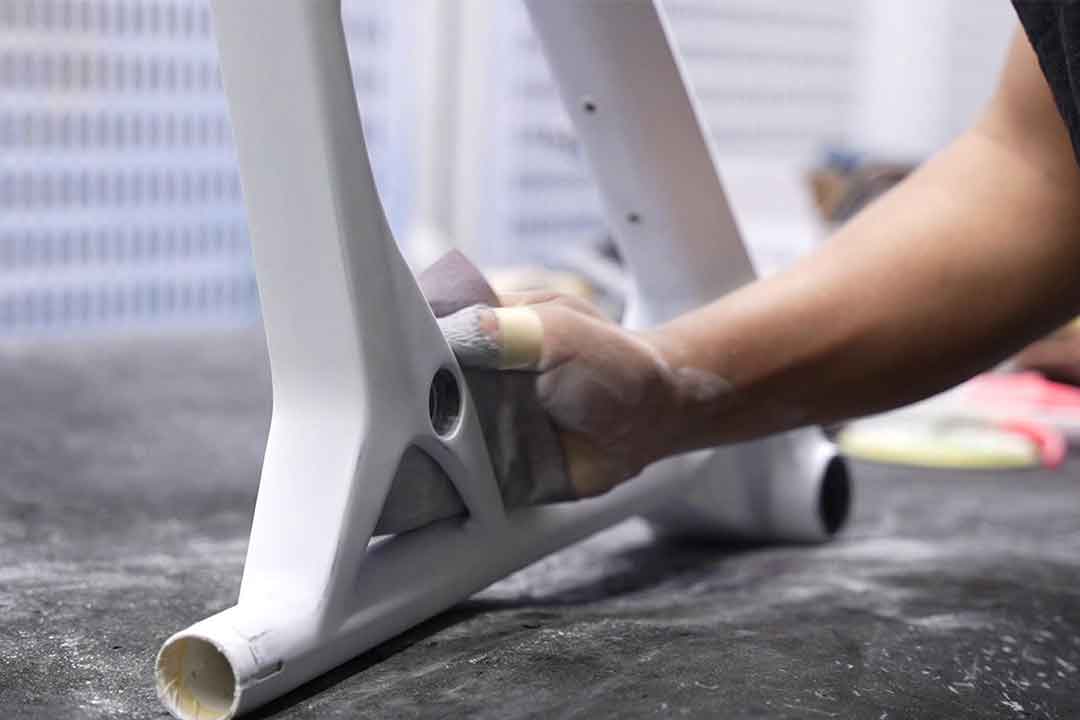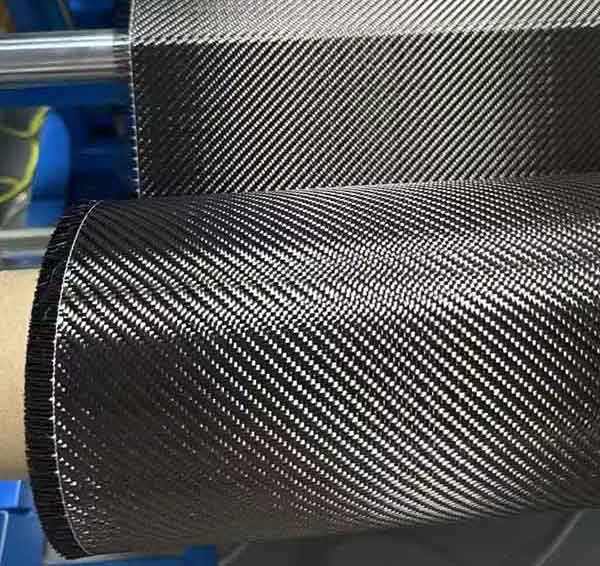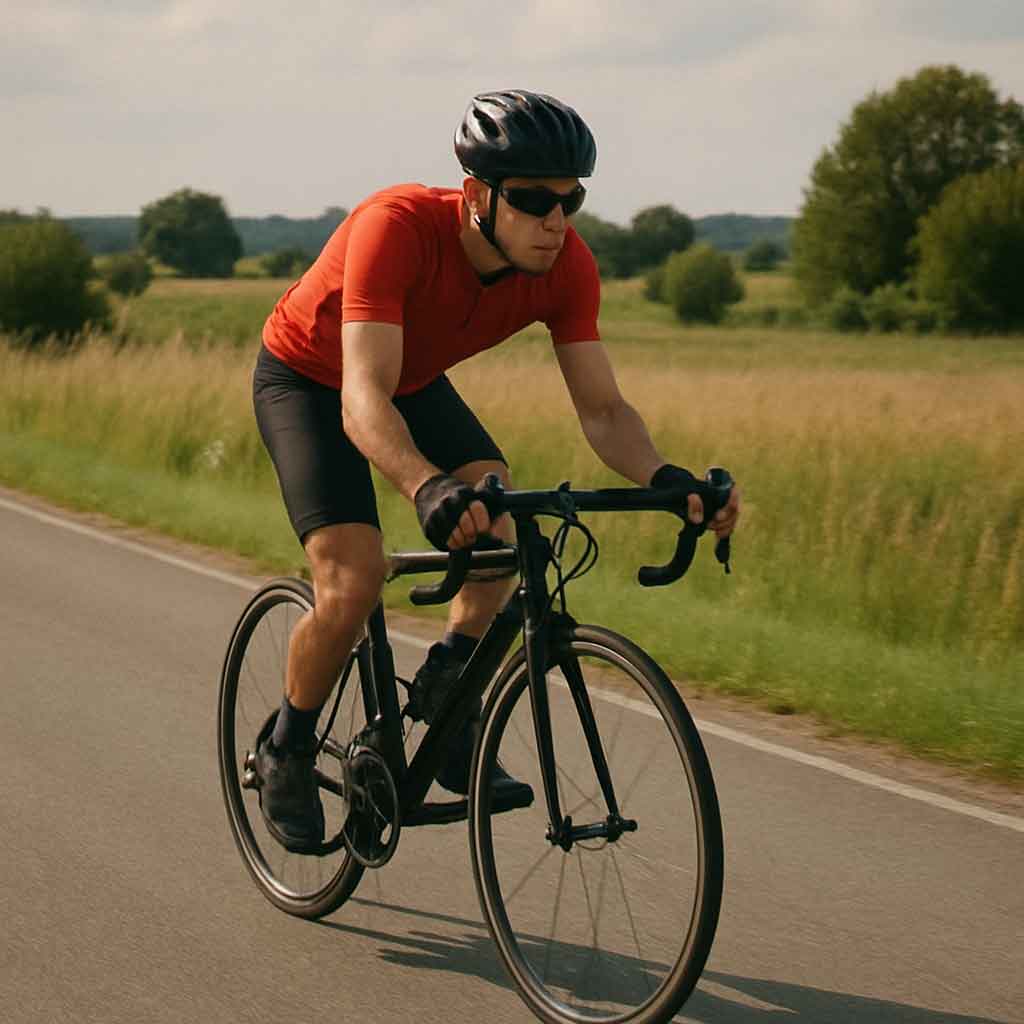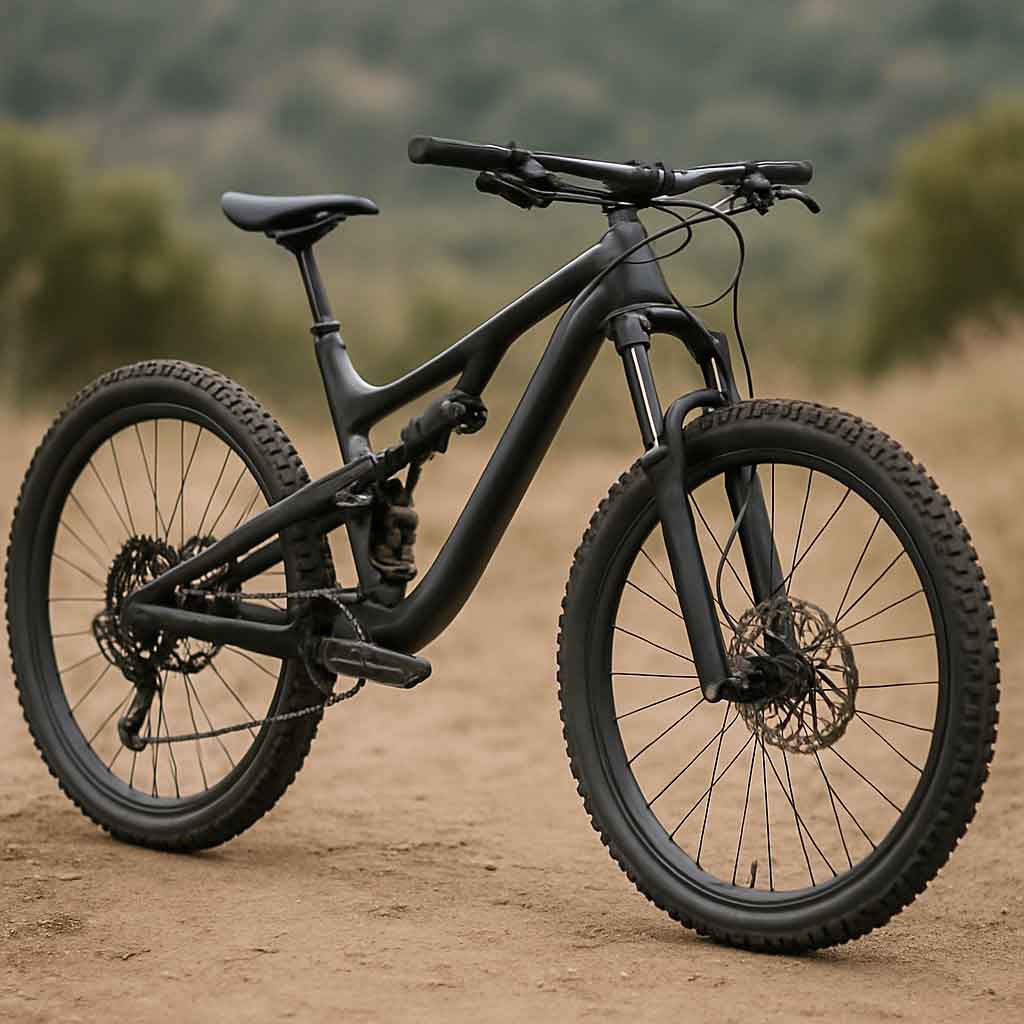Welcome to Mondince Bike - A well-known factory specialized in produce carbon bike frame and other parts since 2007.
How to Choose the Right Road Bike

Road bikes are designed for speed and efficiency on paved surfaces. They're popular among commuters, racers, and casual riders alike. With their lightweight frames, thin tires, and drop handlebars, road bikes are built for performance and long-distance rides.
The Evolution of Road Bikes
Road bikes have evolved significantly over the years, with advancements in technology enhancing their performance. Originally crafted from steel, modern road bikes now utilize materials like carbon fiber and titanium for improved speed and comfort. These changes reflect the industry's response to increasing demand for bikes that are not only faster but also more comfortable for longer rides.
Popular Uses of Road Bikes
While road bikes are a staple for competitive racing, they also serve a variety of other purposes. Many people use them for daily commuting, taking advantage of their speed and efficiency. Additionally, road bikes are perfect for fitness enthusiasts looking to cover more ground in less time. Their versatility makes them a great choice for those who want to explore different cycling activities.
Comparing Road Bikes to Other Types
When deciding on a road bike, it's helpful to understand how they compare to other types of bicycles. Unlike mountain bikes, road bikes are not built for rough terrains; their thin tires and lightweight frames make them unsuitable for trails. Compared to hybrid bikes, road bikes generally offer superior speed but less comfort for casual riding. Knowing these differences can help you decide if a road bike is the right choice for your needs.
Types of Road Bikes
Before diving into specific features, it's important to know the different types of road bikes available:
Racing Road Bikes
These bikes are the pinnacle of speed and performance, designed for competitive cycling. They feature a lightweight frame and an aggressive riding position to maximize aerodynamics. Racing road bikes are ideal for those who prioritize speed and efficiency in their rides.
Endurance Road Bikes
Built for comfort on long rides, endurance road bikes have a more relaxed frame geometry. This design allows for a more upright riding position, reducing strain on the back and neck. These bikes are perfect for those who enjoy long-distance cycling on rougher roads, offering a balance between speed and comfort.
Touring Bikes
Touring bikes are designed for long-distance travel, equipped with additional features like racks and panniers to carry gear. Their sturdy frames and comfortable geometry make them ideal for multi-day trips. Whether you're planning a cross-country adventure or a weekend getaway, a touring bike can be your reliable companion.
Aero Bikes
Aero bikes focus on aerodynamics, reducing wind resistance to enhance speed. They are characterized by their sleek designs and are often used in time trials and triathlons. If you're looking to gain a competitive edge in races, an aero bike might be the right choice for you.
Key Features to Consider
When choosing a road bike, several key features can influence your decision:
Frame Material
The frame is the backbone of your bike, affecting weight, ride quality, and durability. Common materials include:
- Aluminum: Lightweight and affordable, aluminum frames offer a stiff ride, making them a popular choice for entry-level bikes. They are resistant to rust and require less maintenance, appealing to riders who want a cost-effective option.
- Carbon Fiber: Known for its light weight and vibration-damping qualities, carbon fiber frames are favored for high-performance bikes. While they come at a higher price, their ability to absorb road vibrations provides a smoother ride, which is beneficial for long distances.
- Steel: Offers a smooth ride with a bit more weight, but it's durable and can be comfortable over long distances. Steel frames are often chosen for touring bikes due to their strength and ability to carry heavy loads without compromising comfort.
- Titanium: Combines the best of both worlds—lightweight and durable, though it comes at a premium price. Titanium frames are corrosion-resistant and provide an unmatched riding experience, ideal for serious cyclists willing to invest in long-term quality.
Bike Size
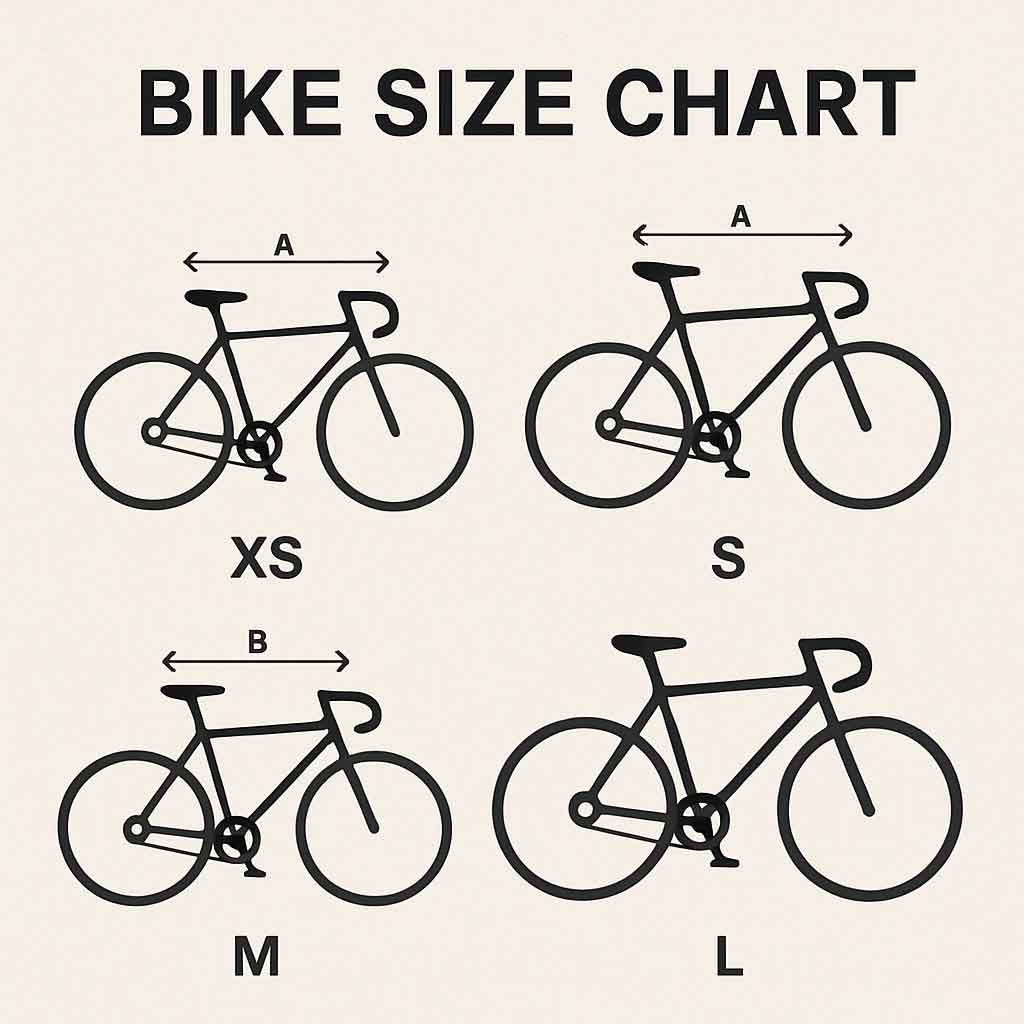
Choosing the right size is crucial for comfort and performance. Bikes are usually measured in centimeters, referring to the length of the seat tube. Common sizes include:
- 48cm Road Bike: Suitable for shorter riders, ensuring they can ride efficiently without overextending their legs. A proper fit helps prevent discomfort and injuries.
- 49cm Road Bike: A slightly larger option for those needing a bit more height, offering a balanced ride for petite to average-sized individuals.
- 56cm Road Bike: Fits average-height riders, providing a comfortable riding position for most cyclists, which is critical for maintaining control and comfort.
- 61cm Road Bike: Designed for taller individuals, these bikes ensure that longer legs can pedal efficiently without cramping or strain.
It's essential to try different sizes or consult a size chart to find the best fit. A well-fitted bike enhances your riding experience and improves overall performance.
Components and Groupsets
The groupset includes the brakes, derailleurs, chainset, and shifters. Popular brands like Shimano, SRAM, and Campagnolo offer various levels, each affecting the bike's performance and price.
- Entry-Level Groupsets: These provide basic functionality and are typically found on more affordable bikes. They are suitable for beginners who are still getting acquainted with cycling.
- Mid-Range Groupsets: Offer better durability and smoother shifting, making them a good choice for intermediate riders looking to enhance their cycling experience.
- High-End Groupsets: Are lighter and provide exceptionally smooth shifting, ideal for serious cyclists who demand precision and performance.
Higher-tier groupsets are lighter and provide smoother shifting, significantly impacting the bike's responsiveness and ease of use.
Wheelset
Wheels can significantly impact ride quality and speed.
- Lightweight Wheels: Enhance climbing and acceleration, making them ideal for hilly terrains. They reduce the bike's overall weight, allowing for quicker starts and stops.
- Aerodynamic Wheels: Reduce drag, benefitting riders who focus on speed and competitive racing. These wheels are designed to cut through the wind, improving efficiency during fast rides.
- Durability Considerations: For those who ride on rough surfaces or carry extra weight, choosing a wheelset that balances durability with performance is crucial.
Consider your typical riding conditions when selecting a wheelset. The right wheels can make a noticeable difference in how your bike performs.
Budget Considerations
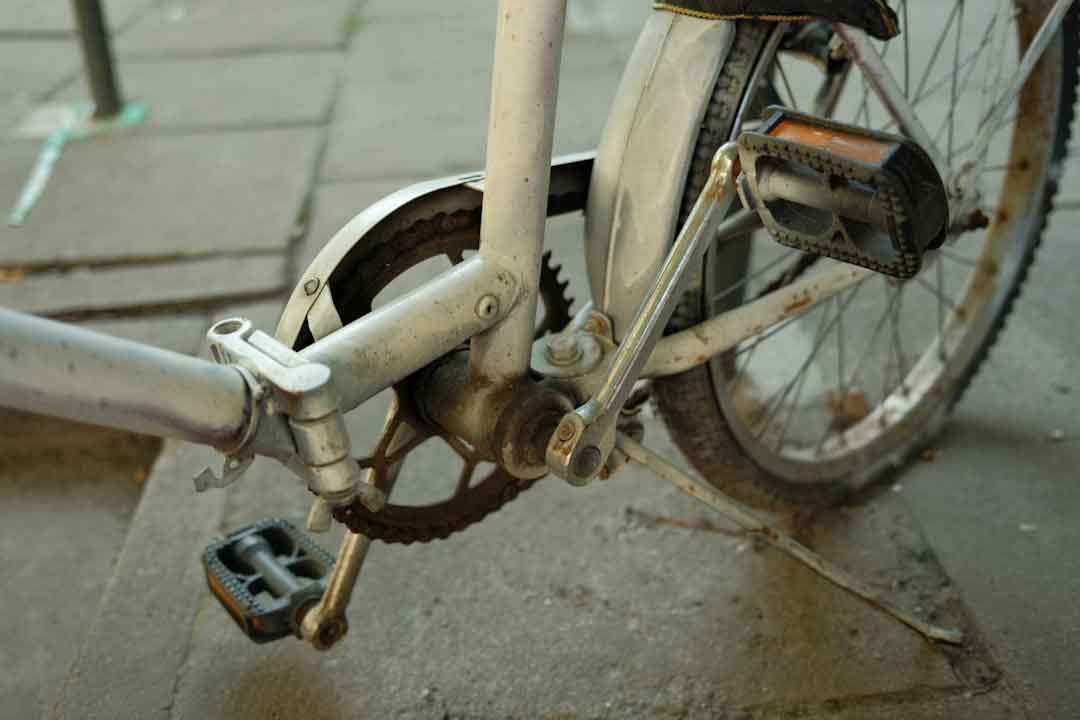
by Egor Komarov (https://unsplash.com/@egorkomarov)
Road bikes come in a wide range of prices, from budget-friendly options to high-end racing machines. Determine your budget upfront, considering both the initial purchase and any additional gear or accessories you may need.
Price Ranges
- Entry-Level Bikes: Typically priced between $500 and $1,500, these bikes are suitable for beginners or casual riders. They offer basic functionality and are great for those who are new to cycling.
- Mid-Range Bikes: Range from $1,500 to $3,000, offering better components and lighter materials. These bikes provide a noticeable improvement in performance and comfort, appealing to intermediate cyclists.
- High-End Bikes: $3,000 and above, featuring advanced technology and materials for serious cyclists. These bikes are equipped with top-tier components and are designed for maximum performance and longevity.
Additional Costs
Beyond the bike itself, consider other potential expenses. Accessories such as helmets, cycling shoes, and maintenance tools can add to the overall cost. Budgeting for these items ensures you have everything needed for a safe and enjoyable riding experience.
Financing Options
For those looking to purchase higher-end models, exploring financing options can make the investment more manageable. Many bike shops and online retailers offer payment plans, allowing you to spread the cost over several months without compromising your choice of bike.
Where to Buy a Road Bike
There are several places to purchase a road bike:
Local Bike Shops
Local shops offer personalized service, expert advice, and the opportunity to test ride different models. They also provide maintenance and repair services, which can be valuable for ongoing support. Building a relationship with a local shop can be beneficial for future upgrades or repairs.
Online Retailers
Online platforms offer a wide selection and often competitive prices. Ensure you read reviews, check return policies, and consider the cost of assembly if purchasing online. Buying online can be convenient, but it's important to ensure you're getting the right fit and quality.
Second-Hand Market
Buying used can save money, but it's important to inspect the bike for wear and ensure it's the right size. Platforms like Craigslist or Facebook Marketplace can be good places to start. When purchasing second-hand, consider getting a professional mechanic to inspect the bike to avoid unexpected issues.
Bike Expos and Shows
Attending a bike expo or show can be a fantastic way to explore a wide variety of models and brands in one place. These events often feature exclusive deals and the chance to test ride new models. They also provide an opportunity to connect with other cycling enthusiasts and experts.
Tips for First-Time Buyers
- Test Ride: Always test ride a bike before buying to ensure comfort and fit. This experience is crucial in understanding how the bike handles and feels on the road.
- Research: Read reviews and gather information about different models and brands. Being informed helps you make a decision based on performance, reliability, and value.
- Ask Questions: Don't hesitate to ask for advice from more experienced cyclists or shop staff. Their insights can provide valuable guidance tailored to your needs and preferences.
- Consider Future Needs: Think about your cycling goals and choose a bike that can grow with your skills. Investing in a bike that accommodates future aspirations can save money and enhance your cycling journey.
Conclusion
Choosing the right road bike involves understanding your needs, preferences, and budget. By considering factors like frame material, bike size, and components, you can find a bike that offers both performance and comfort. Whether you're racing competitively or enjoying leisurely rides, the right bike can make all the difference in your cycling experience.
Invest time in researching and testing different options to make an informed decision that you'll be happy with for years to come. With the right road bike, you'll be ready to hit the pavement and enjoy the thrill of cycling. Embrace the journey, and let your new road bike open up a world of adventure and freedom on two wheels.



